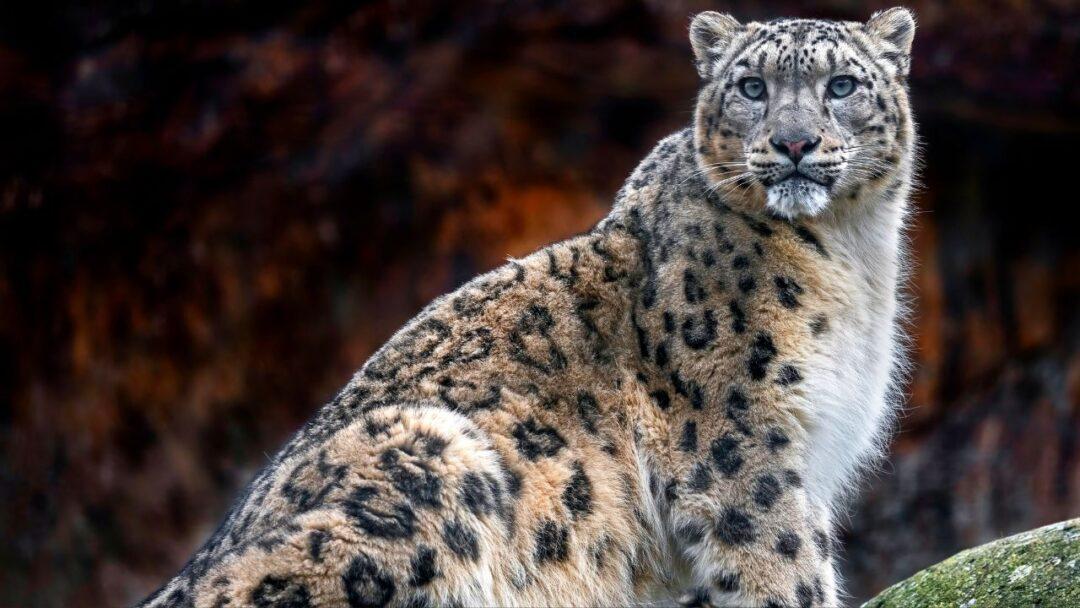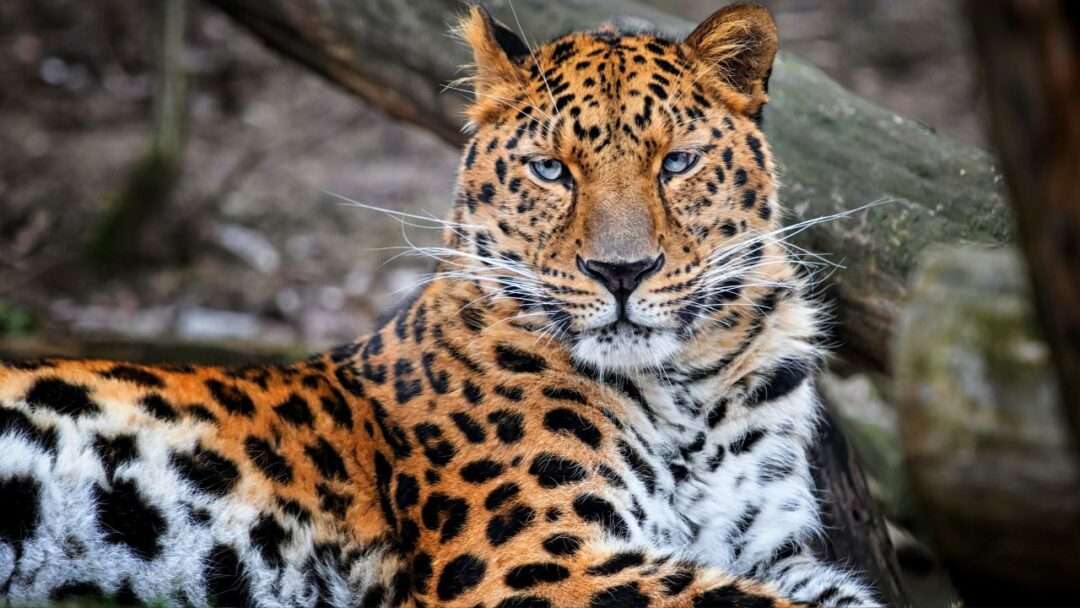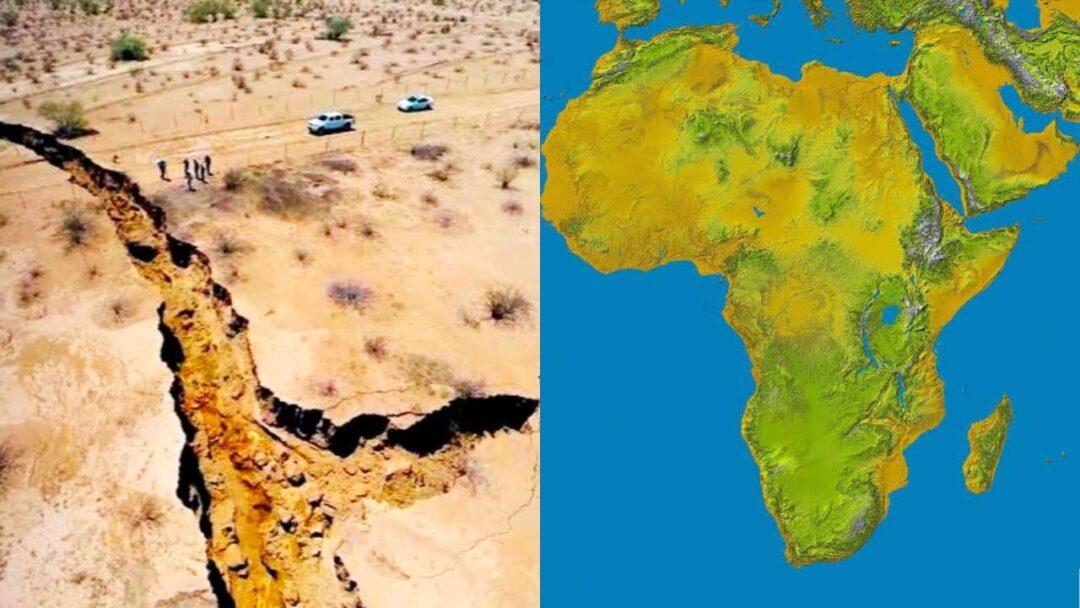Pakistan is a land of diverse topography and habitats, ranging from the high peaks of the Himalayas to the vast deserts of Thar. This diversity is reflected in the country’s rich wildlife, which includes a wide variety of flora and fauna. To protect and conserve this wildlife, the government of Pakistan has established several wildlife reserves across the country. In this article, we will take a closer look at how many wildlife reserves are there in Pakistan.
Wildlife reserves in Pakistan: Pakistan has a total of 31 wildlife reserves, which are spread across the country. These reserves cover an area of approximately 13,734.48 square kilometers. Each reserve is unique in terms of its geography, wildlife, and ecosystem.

Here is a list of wildlife reserves in Pakistan:
- Ayubia National Park
- Chitral Gol National Park
- Chitral National Park
- Deosai National Park
- Hazarganji Chiltan National Park
- Hingol National Park
- Kala Chitta National Park
- Khunjerab National Park
- Lal Suhanra National Park
- Machiara National Park
- Margalla Hills National Park
- Murree Wildlife Park
- Naltar Wildlife Sanctuary
- Nara Desert Wildlife Sanctuary
- Ormara Turtle Beach Wildlife Sanctuary
- Pariariyar Wildlife Sanctuary
- Pabbi Hills Wildlife Sanctuary
- Pir Lasura National Park
- Qargha Wildlife Sanctuary
- Rann of Kutch Wildlife Sanctuary
- Saiful Maluk Wildlife Sanctuary
- Sajjikot Wildlife Sanctuary
- Shandur Wildlife Sanctuary
- Sheikh Badin National Park
- Skardu Wildlife Sanctuary
- Soan Valley Wildlife Sanctuary
- Taunsa Barrage Wildlife Sanctuary
- Tochi River Wildlife Sanctuary
- Ucchali Wildlife Park
- Ziarat Juniper Forest
- Ziarat Wildlife Sanctuary
Each wildlife reserve in Pakistan has its unique features, and they are home to a variety of flora and fauna. These reserves are an essential part of Pakistan’s natural heritage and provide a vital habitat for many endangered species.
The wildlife reserves in Pakistan are managed by the Department of Wildlife and Parks. This department is responsible for the protection and conservation of wildlife, and they work towards ensuring that the reserves are managed sustainably.
Conclusion: Pakistan has a rich natural heritage, and the wildlife reserves in the country are a testament to its biodiversity. The establishment of these reserves is a crucial step towards protecting and conserving the country’s flora and fauna. The government of Pakistan must continue to prioritize the protection of these reserves and ensure that they are managed sustainably for future generations to come.






Pingback: Ranthambore's Cry For Help: Pollution Threatens The Majesty Of The Wild | Animal TV Hindi
Pingback: 10 Most Beautiful National Parks Around The World | Animal TV Hindi